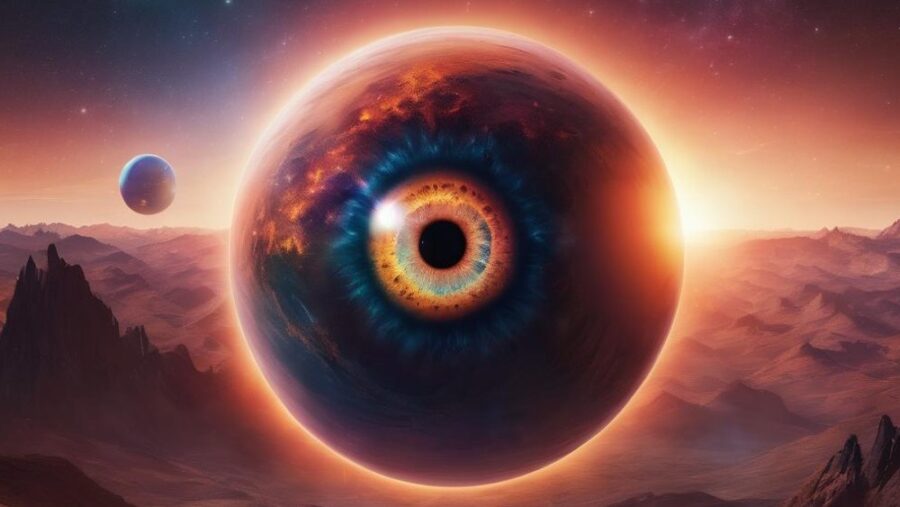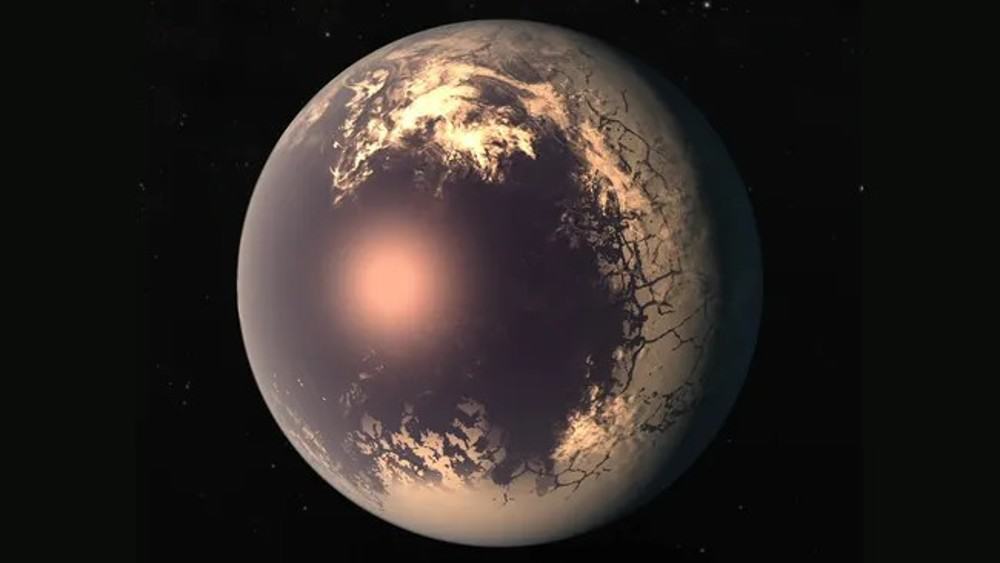Eyeball Planets Are A Real Thing?

If you’ve ever felt like you were being watched from afar, it might be because eyeball planets are watching you. Well, this may not actually be the case, but the prevailing belief amongst astronomers is that there are plenty of eyeball planets floating around in deep space that can potentially host life. Looking like giant intergalactic eyeballs, these exoplanets have a distinct appearance that, you guessed it, bear a striking resemblance to an eyeball floating through space.
What Is An Eyeball Planet?
Eyeball planets are exoplanets that are stuck in a phase of tidal locking. Tidal locking is when a celestial body rotates at the same rate as its orbit, making it so one side is always visible, and one side is always facing the opposite direction from a singular vantage point. Our own moon, for example, is tidally locked with Earth, which is why Pink Floyd famously references the dark side of the moon.
Though Earth is not tidally locked with the sun, eyeball planets share a relationship with their closest star that’s similar to the moon’s relationship to Earth. In other words, each eyeball planet has a respective day side and night side that has its own unique physical characteristics.

Day Vs. Night Sides
Eyeball planets come in different shapes and forms, but they always have a day side and night side. The day side, as its name suggests, is stuck in a phase of perpetual daylight, as it’s always facing its home star and getting pelted with stellar radiation. On the day side, you could expect to see a barren landscape that likely doesn’t support life.
Conversely, eyeball planets may be covered with ice on their night side. Since this side of the planet is further removed from a constant heat source, it’s more likely that the surface is covered with ice, and in some instances, water that’s similar to the oceans found on Earth.
Hot Vs. Icy Eyeballs
But here’s where it gets interesting. There are two known types of eyeball planets: hot eyeballs and icy eyeballs. Hot eyeballs are situated closer to their home star’s heat, and their melting glacial rings that could potentially be habitable for vegetation or more complex organisms.
Icy eyeball planets, on the other hand, still have a frozen side that’s stuck in a state of perpetual darkness. But since they’re further away from their home star, the day side isn’t necessarily dry land, but rather covered with vast bodies of water not unlike those that are found on Earth.
Taking this information into consideration, it’s not outside the realm of possibility that the water on these eyeball planets can be fertile ground (or in this case, water) for extraterrestrial lifeforms to thrive.
It’s worth noting, however, that we’re talking about two potential extremes. That is to say, aside from hot and icy eyeball planets, there can very well be a sliding scale in temperatures across our vast and expansive universe. When you consider different cloud formations, distances from primary heat sources, and the varying chemical compositions of these mysterious ocular exoplanets, each eyeball planet can have its own unique set of characteristics marked by their current location in deep space.












